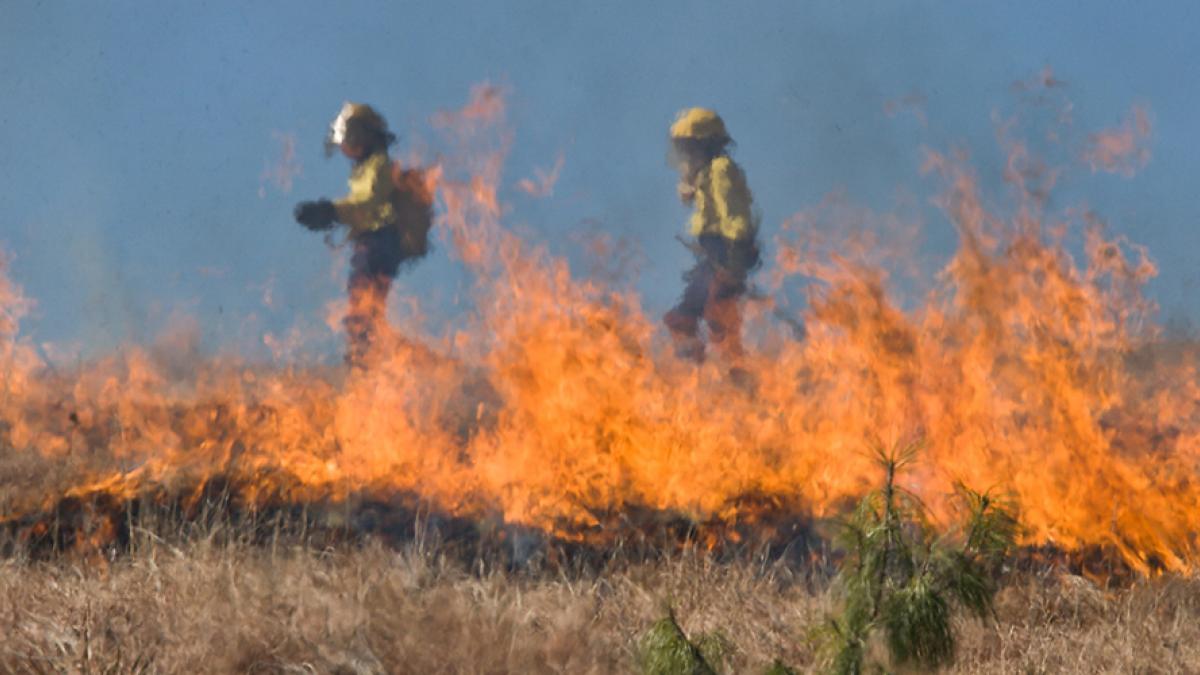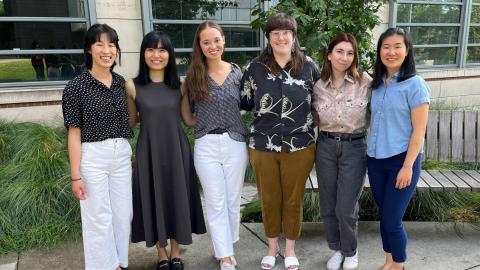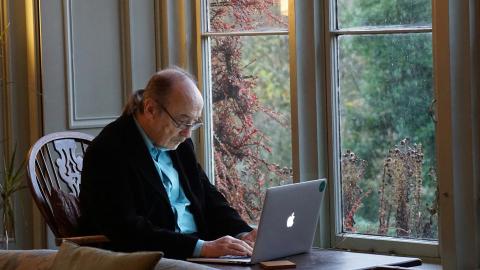Building back better
DEOHS researcher Nicole Errett discusses how communities can build back better after a disaster at a free public lecture on Thursday, Nov. 15, at 12:30 pm in room T-435 of the Magnuson Health Sciences Building at the UW.
Out of the ashes can come opportunity.
For the growing number of communities hit hard by wildfires, hurricanes, floods and other natural disasters, the immediate aftermath eventually gives way to a daunting new reality: how to rebuild.
New research led by Dr. Nicole Errett, lecturer in the UW Department of Environmental & Occupational Health Sciences, explores how a natural disaster can serve as a catalyst for a community to build back better, healthier and more resilient.
“Rebuilding after a disaster can address not only immediate health impacts, but also the everyday health problems in a community,” Errett said. “If you have health officials at the table during recovery planning, even rebuilding a road can be done with community health and well-being in mind.”
The state of state planning
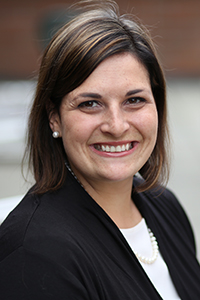
Errett, who has a PhD in health and public policy, leads several research projects examining how states and communities can incorporate health into disaster management and planning.
She recently assessed 28 state disaster recovery plans in a research study funded by the Robert Wood Johnson Foundation (RWJF). Only about one-third of the state plans mentioned improved health and well-being in their overall goals, she said. Even fewer plans described strategies to address long-term behavioral or health care needs following a disaster.
And only a few state plans called for the collection or use of data on the status of pre-disaster community health, making it even more difficult to address systemic health issues post-disaster, she said.
States also may lack the knowledge, tools and capacity to address health considerations in their recovery plans, with many government agencies focused primarily on economic and infrastructure recovery.
Data for decision-making
Now, Errett is on a mission to provide public health agencies with the tools to rebuild stronger and healthier communities following a disaster.
She will work with local health departments along the Gulf Coast to identify and address challenges faced in disaster recovery planning and implementation through her role as an early career research fellow with the National Academies of Science, Engineering and Medicine’s Gulf Research Program.
Another strategy she is investigating: How public health authorities can tap “citizen scientists” to help collect health data before and after a disaster. These might include members of faith-based groups, who could report on environmental exposures through tools like air monitoring equipment set up in places of worship or by training congregants to collect water samples.
Errett is also exploring whether anonymous health data collected from personal health monitoring applications or devices like FitBit or Strava can be used to track disaster recovery and measure community efforts to rebuild with public health in mind. Funding for this work comes from the UW’s Population Health Initiative.
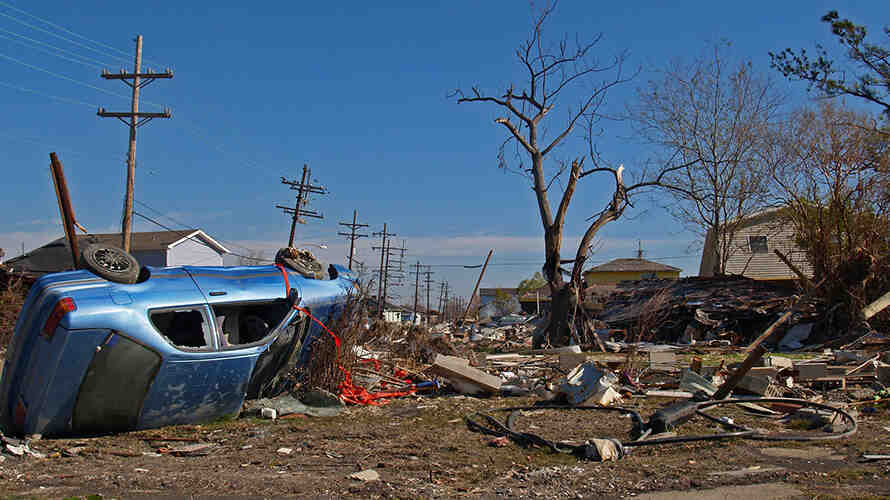
Real-life experience
Her work is influenced by roles Errett has held at the local and national levels in emergency preparedness.
As part of the Office of Emergency Management for the city of Baltimore, Errett and her team worked directly with low-income and underrepresented communities following disasters. She said the team’s work largley focused on meeting their immediate needs and missed opportunities to help them address pre-existing challenges and health inequities. She also worked as the special assistant to the Assistant Secretary for Preparedness and Response for the US Department of Health and Human Services.
In the past year, her research has focused on Santa Rosa, CA, after it was scorched by wildfires and Southeast Texas after Hurricane Harvey to understand what kinds of information, tools and resources local health officials need to help influence decision-making for disaster recovery.
“There is a lot of work to be done by researchers to help communities build back better,” Errett said. “Understanding how to design and evaluate tools for disaster recovery planning will have an important impact on improving communities’ health and well-being post-disaster.”

